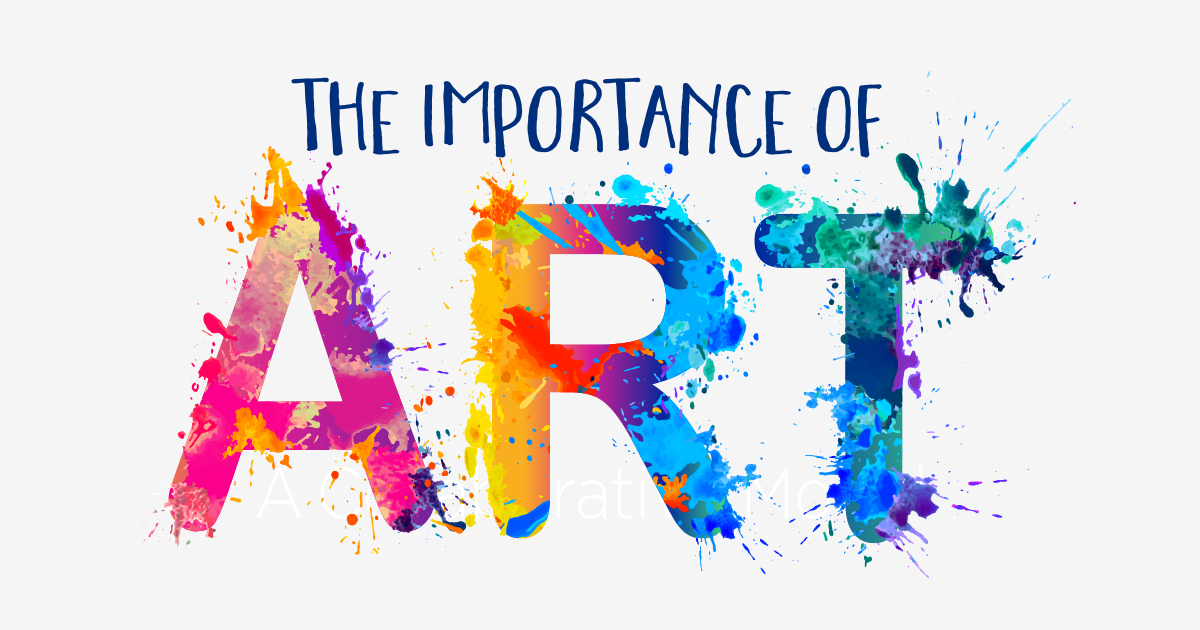Unveiling one of the most Provocative Trump Art Pieces of the Years
Unveiling one of the most Provocative Trump Art Pieces of the Years
Blog Article
Looking Into the Diverse Globe of Artistic Expression: From Surrealism to Abstract Realism
In the world of artistic expression, from the dreamlike landscapes of surrealism to the elaborate play of light and type in abstract realistic look, musicians have continuously pushed the limits of creative thinking and imagination. As we explore the diverse globe of art, we are offered with a tapestry of designs, strategies, and philosophies that challenge our understanding and provoke consideration.
Surrealism: Letting Loose the Subconscious
Surrealism, a progressive imaginative activity of the 20th century, explored the depths of the subconscious, unveiling a world of dream-like imagery and unique associations. Headed by musicians like Salvador Dali, René Magritte, and Joan Miró, Surrealism looked for to test the standard means of seeing and understanding art. Through techniques such as automatism and desire evaluation, Surrealist musicians intended to use the unconscious mind to expose concealed realities and wishes.
One of the essential elements of Surrealism was the emphasis on the irrational and the extraordinary. By combining unexpected elements in their jobs, Surrealist artists aimed to produce a sense of disorientation and surprise in the customer. This interruption of logic and reason was suggested to prompt a much deeper expedition of the subconscious and the secrets of the human subconscious.
Abstract Realistic Look: Redefining Assumption
Testing typical imaginative limits, Abstract Realism redefines assumption via the combination of recognizable components with abstract kinds. This ingenious approach to art incorporates the representational precision of realism with the imaginative flexibility of abstraction, providing visitors an one-of-a-kind visual experience that prompts them to examine their perception of fact.
In Abstract Realism, musicians aim to capture the significance of their subjects while additionally infusing their job with a sense of deepness and intricacy through abstract components. By blending the acquainted with the unfamiliar, these musicians invite target markets to engage with their items on multiple degrees, encouraging them to discover the nuances of kind, color, and appearance.

Cubism: Fragmentizing Reality
Using geometric kinds and fragmented perspectives, Cubism changed the artistic depiction of fact in the early 20th century. Established by Pablo Picasso and Georges Braque, Cubism looked for to challenge conventional ideas of perspective and representation. By damaging down things and figures right into geometric shapes and offering them from multiple perspectives simultaneously, Cubist artists aimed to record the significance of the subject instead of its literal look. This strategy not only deconstructed truth but likewise stressed the monotony of the canvas, leading the way for future abstract art motions.

Cubism can be classified right into two primary phases: Analytical Cubism, defined by single color pattern and elaborate, fragmented kinds; and Artificial Cubism, which incorporated collection elements and brighter shades into the structures. With these unique phases, Cubism affected not only painting but additionally layout, design, and sculpture. trump art. Its influence resounded across the art world, motivating musicians to explore new means of interpreting and standing for the world around them
Expressionism: Emotions on Canvas
Discovering the depths of human feelings with expressive and dazzling brushstrokes, Expressionism navigate to this website became a profound creative motion in the very early 20th century. Unlike previous art motions that focused on depicting the external world, Expressionism delved into the inner world of the musician's psyche, aiming to stimulate raw emotions and provoke visceral actions from customers.
Expressionist artists, such as Edvard Munch, Egon Schiele, and Emil Nolde, declined conventional notions of charm and realistic look for distorting type and color to share subjective sensations. Making use of overstated brushwork, bold shades, and altered numbers aided produce a feeling of anxiousness, alienation, or enthusiasm in their jobs.
One of the most famous instances of Expressionism is Munch's "The Scream," which captures the extreme stress and anxiety and misery of modern life through its swirling, altered number against a blood-red skies. With their emotionally charged jobs, Expressionist artists looked for to challenge standard creative norms and supply a window right into the rough depths of the human spirit.
Contemporary Art: Progressing Point Of Views

Among the defining features of contemporary art is its consistent development and capacity to adjust to transforming social landscapes. Artists are increasingly integrating innovation right into their method, blurring the lines between the physical and digital realms. This fusion of mediums enables ingenious methods of narration and involving with target markets in a more interactive way.
Additionally, modern art usually works as a system for social discourse, resolving pushing concerns such as identification, national politics, and the atmosphere. Artists are using their work to prompt and stimulate crucial conversations thought, clarifying the intricacies of the globe we reside in. As point of views remain to evolve, modern art continues to be a prominent and dynamic pressure in forming our cultural landscape.
Conclusion
Finally, the world of creative expression encompasses a wide array of designs and movements, each with its own distinct method to communicating meaning and feeling. From surrealism's expedition of the subconscious to abstract realism's redefining of assumption, and from cubism's fragmentation of truth to expressionism's portrayal of feelings, art continues to evolve and test point of views - trump art. Contemporary art shows the ever-changing globe we live in, supplying new ways to translate and understand the intricacies of our truth
As we discover the diverse world of art, we are provided with a tapestry of styles, methods, and viewpoints that test our understanding and provoke reflection. Its impact resounded Web Site across the art globe, inspiring musicians to explore brand-new ways of translating and representing the world around them.
Report this page